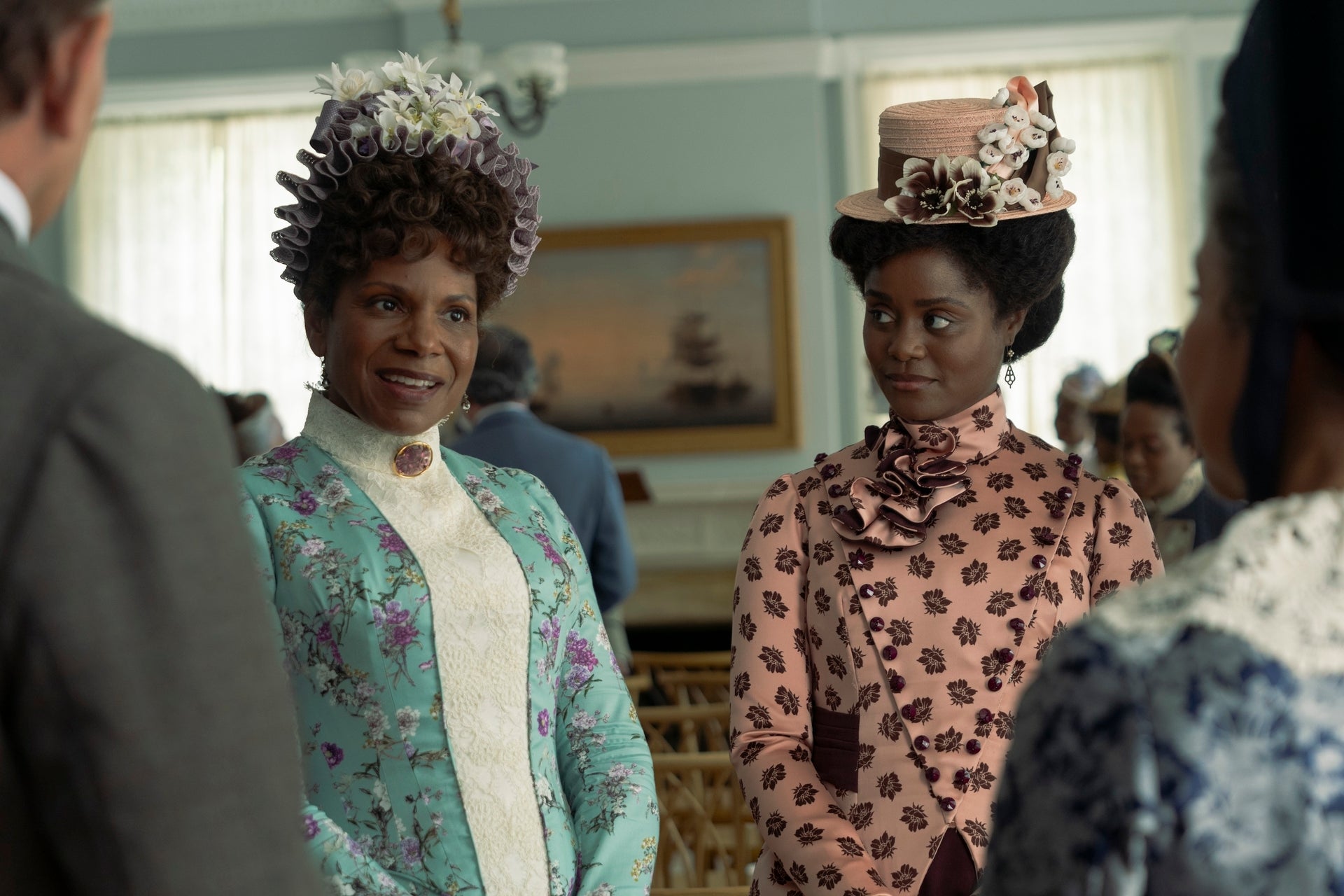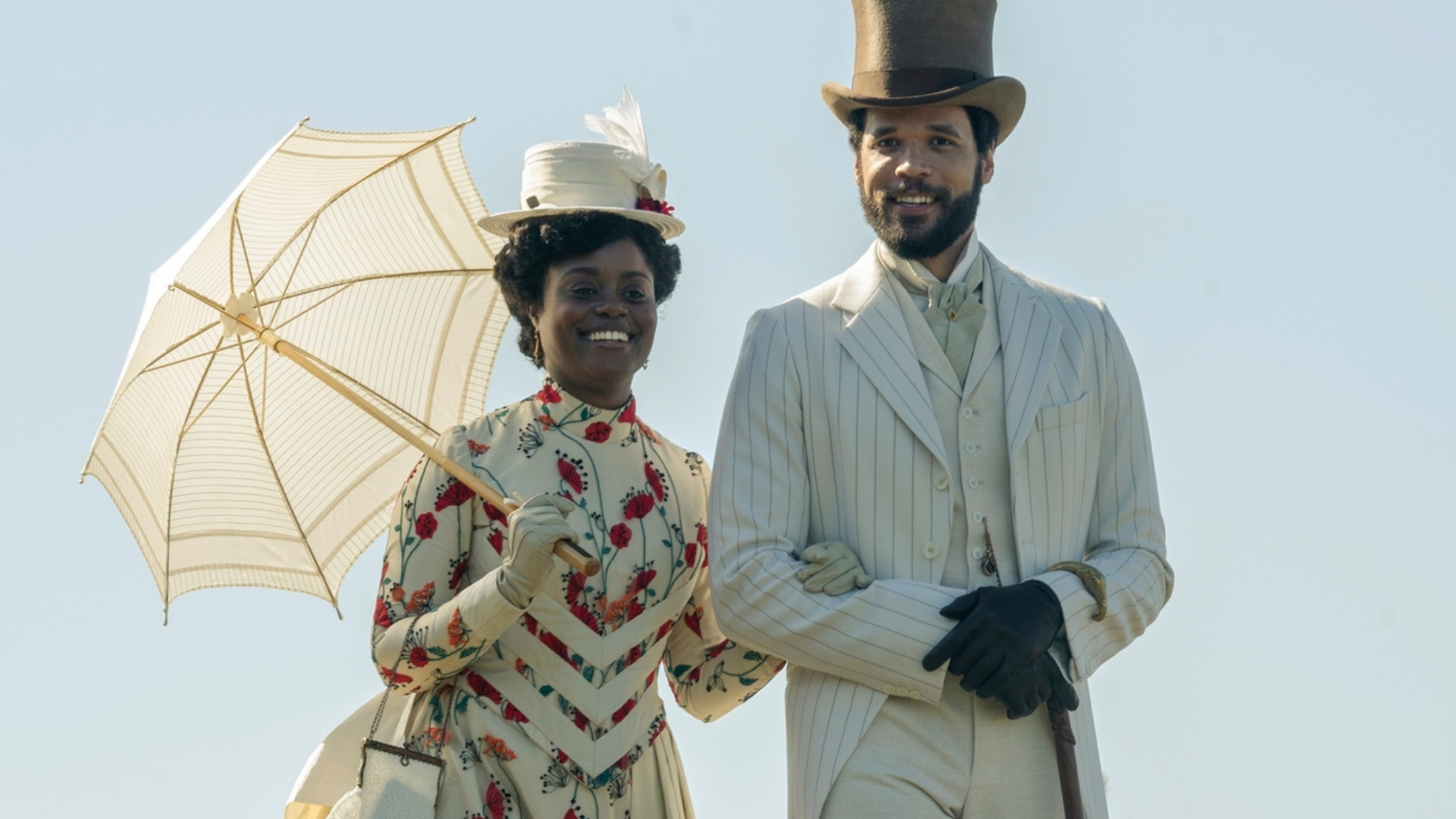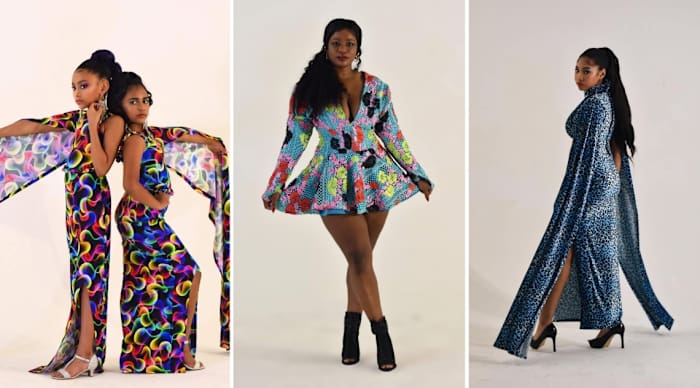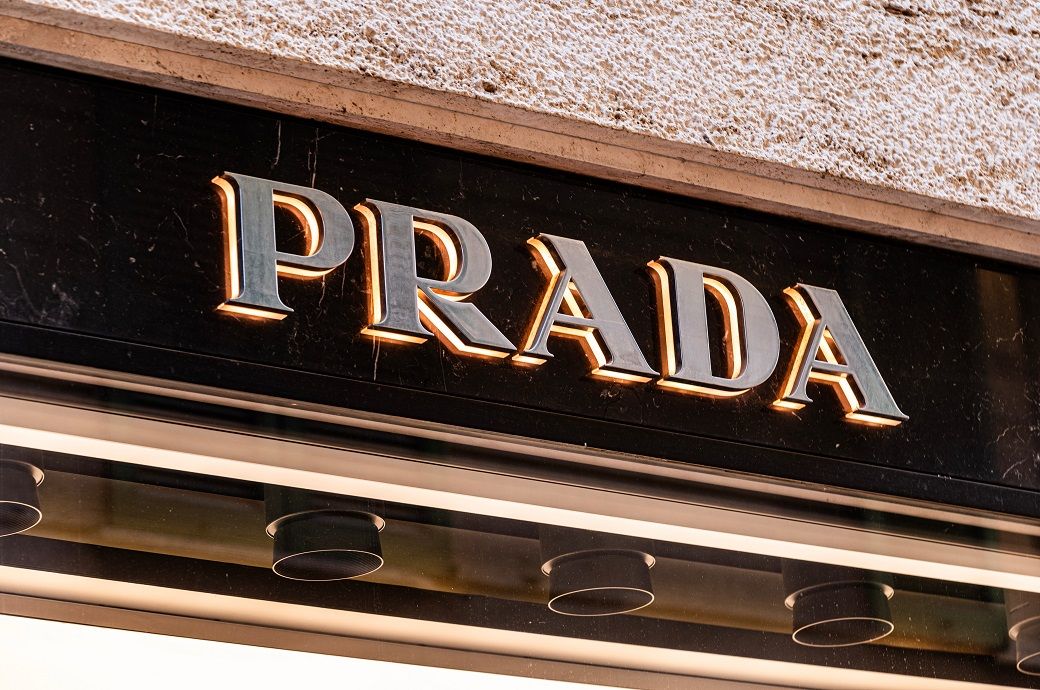In HBO’s “The Gilded Age,” the examples of contemporary fashion are best displayed on characters who are integral to the series. Much of the ensemble cast dresses according to their class level–these differences are executed by costume designer Kasia Walicka-Maimone. Much of the series orbits around the upper echelons of American society during a fixed moment in time, where the United States and key families were both experiencing economic wins and losses in the 1880s. Take the central Black character Peggy Scott, portrayed by Denée Benton, for example, who was first presented to viewers as a writer and later personal assistant and secretary to a central character, Agnes Van Rhijn, played by Christine Baranski. Peggy is a member of Brooklyn’s Black upper-middle class in “The Gilded Age.”

Since Peggy’s father, Arthur Scott (John Douglas Thompson), is a pharmacist, their costuming reflects the upper-middle class norms at the time: Arthur dons perfectly tailored suits while Peggy is often depicted wearing intricate dresses for daywear in colors ranging from light pink to off-white. Last season for the historic Brooklyn Bridge opening, Peggy and her mother, Dorothy Scott, played by the dynamic actress and Broadway mainstay Audra McDonald, wore lavish gowns with puffed-out sleeves, and Arthur wore a dapper dark suit. Peggy’s dress was designed in a light pink tone with butterflies. Audra’s sky blue dress featured glistening gems near the bodice section. Both of these dresses lean into their depiction as upwardly mobile Black women.
This season of the period drama also saw the introduction of additional characters who are part of Black high society, including the easygoing and kind Dr. William Kirkland (Jordan Donica), his mother, Elizabeth Kirkland, brilliantly played by Philicia Rashad, and his father, portrayed by Brian Stokes Mitchell. Questions of family expectations and classism arise as the couple and their families become acquainted with each other. Alongside her colorist belief system, the Newport, Rhode Island-based matriarch is obsessed with her social standing, similar to the white characters in the series.

Rashad’s portrayal makes for quite a few significant fashion moments. In each scene she has appeared in so far, she has worn decadent dresses in hues largely centered around white, undoubtedly speaking to her class level. Separately, her son William wears tailored suits in varying hues. The detailing on Rashad’s dresses aims to evoke old money: succinct stitching and matching accessories that showcase wealth. In one scene, as she sips tea, she sports a navy and cream dress with tan leather gloves. Her hat aligns with the headwear of the time, a feathered headpiece.
Peggy’s wardrobe has also been captivating this season. Not only is her costuming spot-on for women of her time, but it’s also been given an injection of color and play. Since it’s the 19th century, Benton’s character must even wear a floor-length yellow flouncy dress to a baseball game, to which she accompanied William, wearing a pink, sky blue, and lilac floral underskirt. (We later learn her father had been financing the team and she’d never attended a game).
To an earlier date with William on the beach in Newport, she donned a cream dress designed with red flowers throughout, with a matching hat (he arrived in a cream pinstripe suit). Notably, when Miss Scott meets William’s parents at their home in Newport, she is wearing a pink dress with black floral print emblazoned throughout.

What other reflections of the time are compelling? The alternative fashions of Bertha Russell (Carrie Coon), Gladys Russell (Taisa Farmiga), and Larry Russell (Harry Richardson), who sit at the top of society. The Russells are loosely based on the Vanderbilt family, led by the railroad tycoon George Russell (Morgan Spector). While George and Larry frequently sport multi-piece suits, many of Gladys and Bertha’s floor-length dresses feature bodices to present a woman’s figure as slender and long-waisted.
Maimone has previously shared in a Variety interview that since the Russells are recognized as having new money, many of Bertha’s outfits represent a “completely different language,” regarding new age fashion. This is also reflected in the yellow-green hue she is often seen wearing, a choice made by Maimone to further showcase her ability to stray from the rigid clothing and hues worn by old-money families.

The wealth and upward mobility displayed in “The Gilded Age” have been compelling to follow throughout the third season of the series. Especially regarding Black and white communities. Denée’s Peggy confidently sports clothing that alludes to her ability to navigate diverse spaces. Elsewhere, the newly introduced Elizabeth Kirkland is further depicted by clothing central to what she knows: safe, somewhat Waspy, and boring pieces. The parallels perfectly note that old and new money have key aesthetics. Progressive viewpoints and politics in “The Gilded Age” are often traits of characters who have a willingness to be don pieces that allow them to be their most confident selves (regardless of whether it’s well-received or not). Both Peggy Scott and Bertha Russell embody this ideal wholly.


